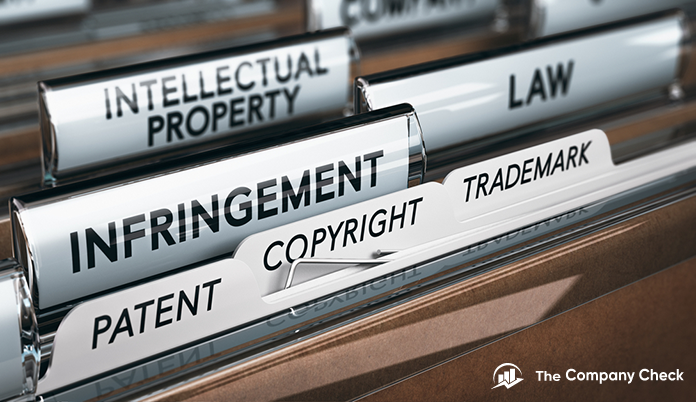Trademark, copyright, patent – all these terms are used in the context of intellectual property. The World Intellectual Property Organisation defines intellectual property as –
Creations of the mind: inventions; literary and artistic works; and symbols, names and images used in commerce.
It is important to understand that intellectual property does not refer to ideas but how a person or entity realises the idea. The end result of this materialisation is called intellectual property and can be given legal protection through a trademark, copyright, patent.
Trademark
What does a trademark protect?
Trademarks are used to protect a name, word, slogan, symbol, design, and/or image that identifies a business or brand. Trademarks are usually filed by businesses and product owners.
Benefits of a Trademark
Trademark registration protects the rights of a person or business by providing legal evidence and a public notice of ownership. It provides them with a nationwide exclusive right to the mark and allows the holder to sue an infringer if required. Registered trademarks can use the ® symbol. A trademark has to be renewed every 10 years although it is valid for an unlimited period of time. This is because within 10 years, the classes under which a trademark has been registered may change over a decade.
Copyright
What does a copyright protect?
A copyright can be sought by creative professionals such as authors, artists, choreographers, architects, and other creative professionals. To be clear, an idea cannot be copyrighted, however, a tangible form of an idea can be. Copyrights can be filed for original works of authorship, photographs, sculptures, choreography, architectural works, sound recordings, motion pictures, and other creative works.
Benefits of a Copyright
Copyrights have lifetime validity and do not need to be renewed unlike trademarks. They give a person with legal evidence and public notice of ownership. With the copyright papers in place, a person can sue an infringer.
Patent
What does a patent protect?
Patents are usually filed for new inventions or designs. A patent protects inventions with a new or improved function. This includes machines, processes, or chemical compositions, or product designs.
Benefits of a Patent
Inventions can be protected for up to 20 years with a patent but it cannot be renewed. Provisional patents are valid up to a year. When a patent is filed, the owner gets an exclusive right to prevent others from making, using, selling, or importing the protected invention.
Protection of intellectual property is an evolving process that changes with each step of a product life cycle. Thus, a single product can have a patentable feature, a creative angle protected by copyright, and a source of the product that is trademarked.



